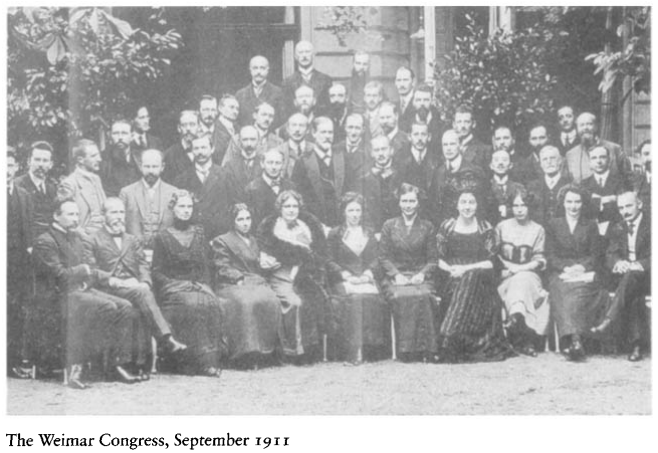"that life is complicated may seem a banal expression to the obvious, but it is nonetheless, a profound theoretical statement—perhaps the most important theoretical statement of our time” (3).
"a paradigmatic way in which life is more complicated than those of us who study it have usually granted. Haunting is a constituent element of modern social life. It is neither premodern superstition nor individual psychosis; it is a generalizable social phenomenon of great import. To study social life one must confront the ghostly aspects of it. This confrontation requires (or produces) a fundamental change in the way we know and make knowledge, in our mode of production" (7)
We must engage with ghosts, even when they aren’t our own (164).
For Gordon, reckoning with ghosts “is not a return to the past but a reckoning with its repression in the past, a reckoning with that which we have lost, but never had” (183).
“To write a history of the present requires stretching toward the horizon of what cannot be seen with ordinary clarity yet.. To imagine beyond the limits of what's already understandable is our best hope for retaining what ideology critique traditionally offers while transforming its limitations into what was called utopian possibility” (195)

"A woman was supposed to be someplace, but she never arrived" (34).
"Complex personhood means that the stories people tell about themselves, about their troubles, about their social worlds, and about their society's problems are entangled and weave between what is immediately available as a story and what their imaginations are reaching toward...Complex personhood means that even those who haunt our dominant institutions and their systems of value are haunted too by things they sometimes have names for and sometimes do not" (4-5).
"In a 1981 introduction to Invisible Man, Ralph Ellison wrote: 'despite the bland assertions of sociologists, [the] 'high visibility' [of the African-American man] actually rendered one un-visible' (xii). Hypervisibility is a persistent alibi for the mechanisms that render one unvisible: 'His darkness ... glow[ing]... within the American conscience with such intensity that most whites feigned moral blindness toward his predicament.' The difficulty for us now, as it was for Ellison when he published Invisible Man in 1952, is the extent to which the mediums of public image making and visibility are inextricably wedded to the cojoined mechanisms that systematically render certain groups of people apparently privately poor, uneducated, ill, and disenfranchised.
"Ellison's Invisible Man gives double reference both to the unvisibility of the hypervisible African-American man and to the invisibility of 'the Man' who persistently needs an alibi for the blindness of his vision. As a strategy of analysis, Ellison's insight underscores the need to conceptualize visibility as a complex system of permission and prohibition, punctuated alternately by apparitions and hysterical blindness. If Ellison's argument encourages us to interrogate the mechanisms by which the highly visible can actually be a type of invisibility, Toni Morrison's (1989) argument that 'invisible things are not necessarily not-there' encourages the complementary gesture of investigating how that which appears absent can indeed be a seething presence. Both these positions are about how to write ghost stories—about how to write about permissions and prohibitions, presence and absence, about apparitions and hysterical blindness. To write stories concerning exclusions and invisibilities is to write ghost stories. To write ghost stories implies that ghosts are real, that is to say, that they produce material effects. To impute a kind of objectivity to ghosts implies that, from certain standpoints, the dialectics of visibility and invisibility involve a constant negotiation between what can be seen and what is in the shadows. Why would we want to write such stories? Because unlike DeLillo's indifference, in the end and in the beginning it does matter what they see or think they see. It matters because although the terminals are equipped with holographic scanners, they cannot decode the secret of every item, infallibly. Indeed, what is at stake here is the political status and function of systematic hauntings" (17-8).
"The photograph is involved in the ghostly matter of things and not surprisingly, since the wavering quality of haunting often hinges on what sign or image raises the ghost and what it means to our conscious visible attention. The photograph's relationship to haunting is never simple. When photographs appear in contexts of haunting, they become part of the contest between familiarity and strangeness, between hurting and healing, that the ghost is registering. The photograph is involved in the ghostly matter of state-sponsored disappearance" (102-3).